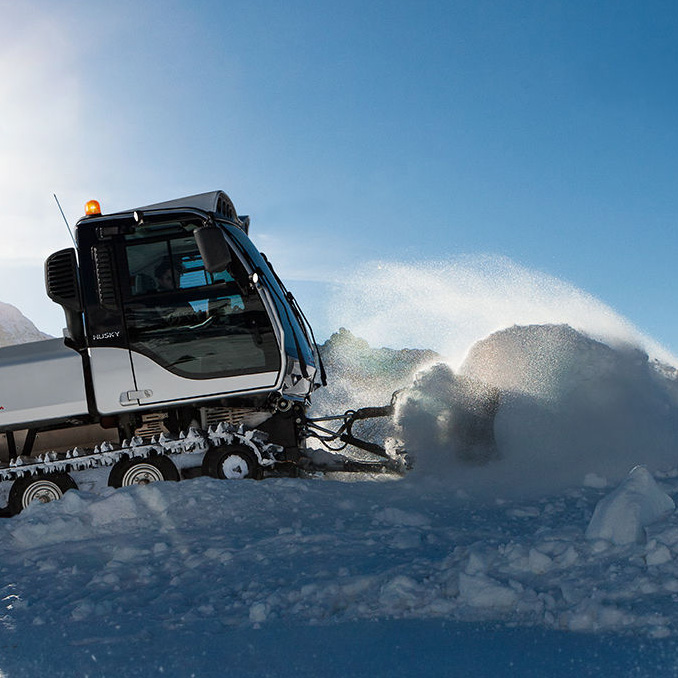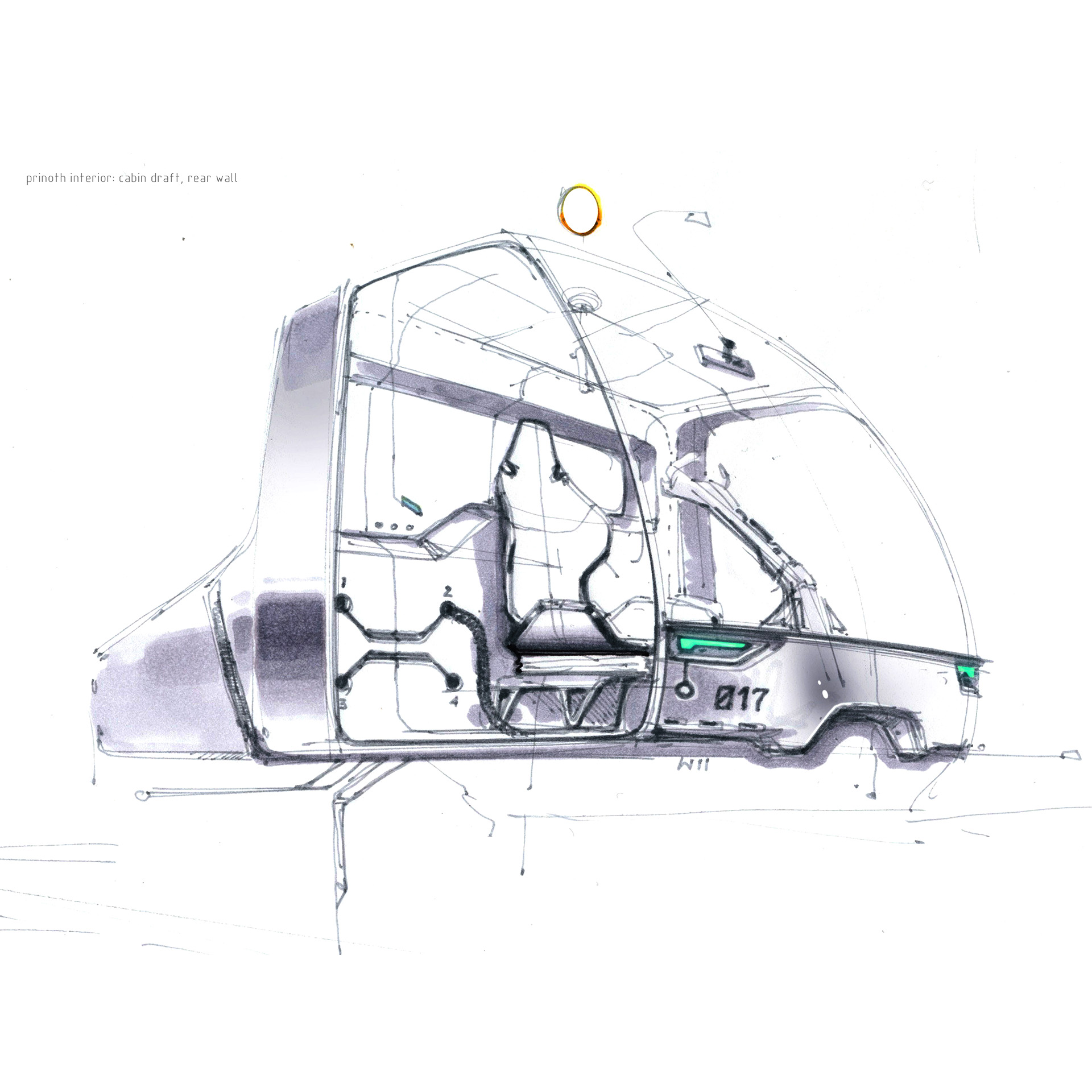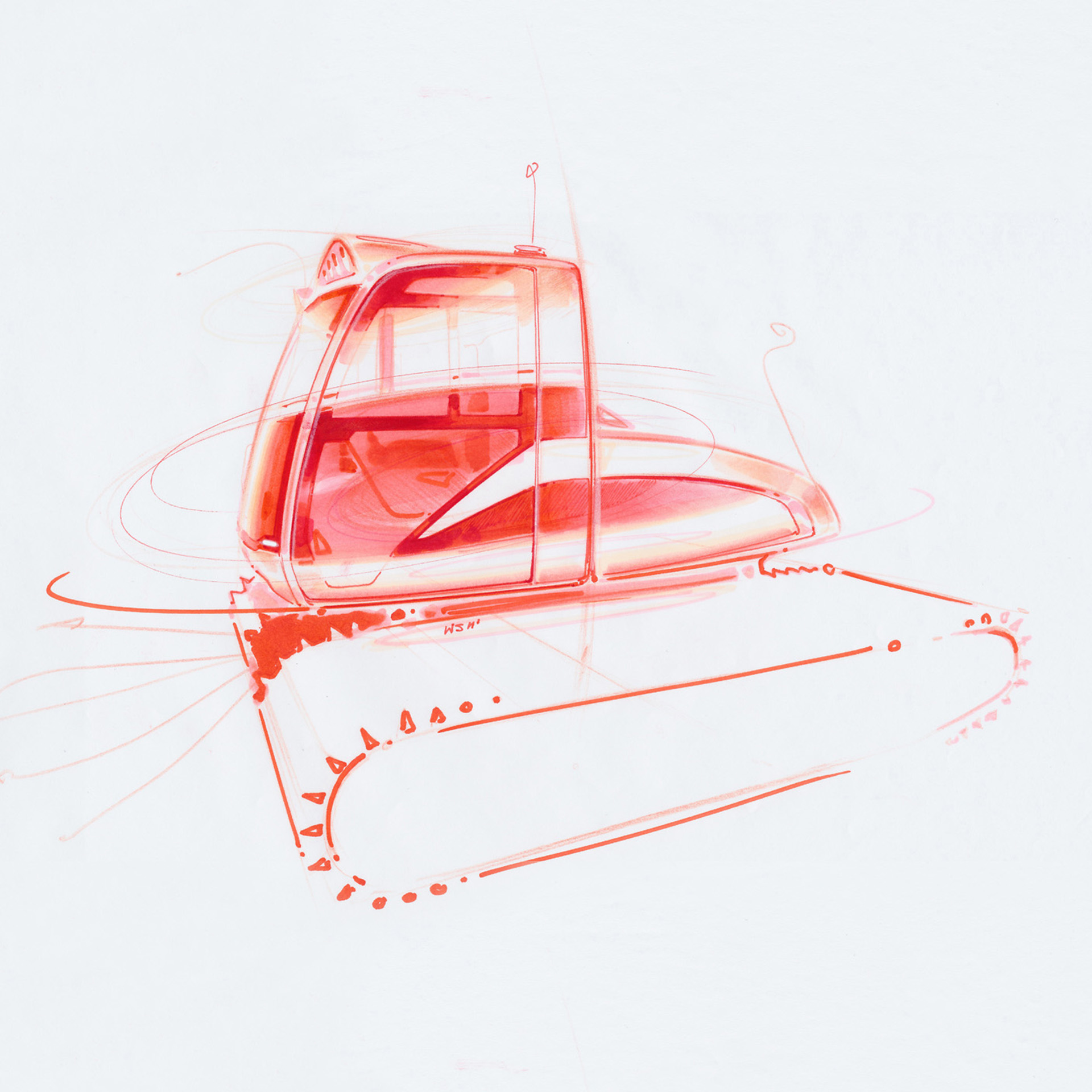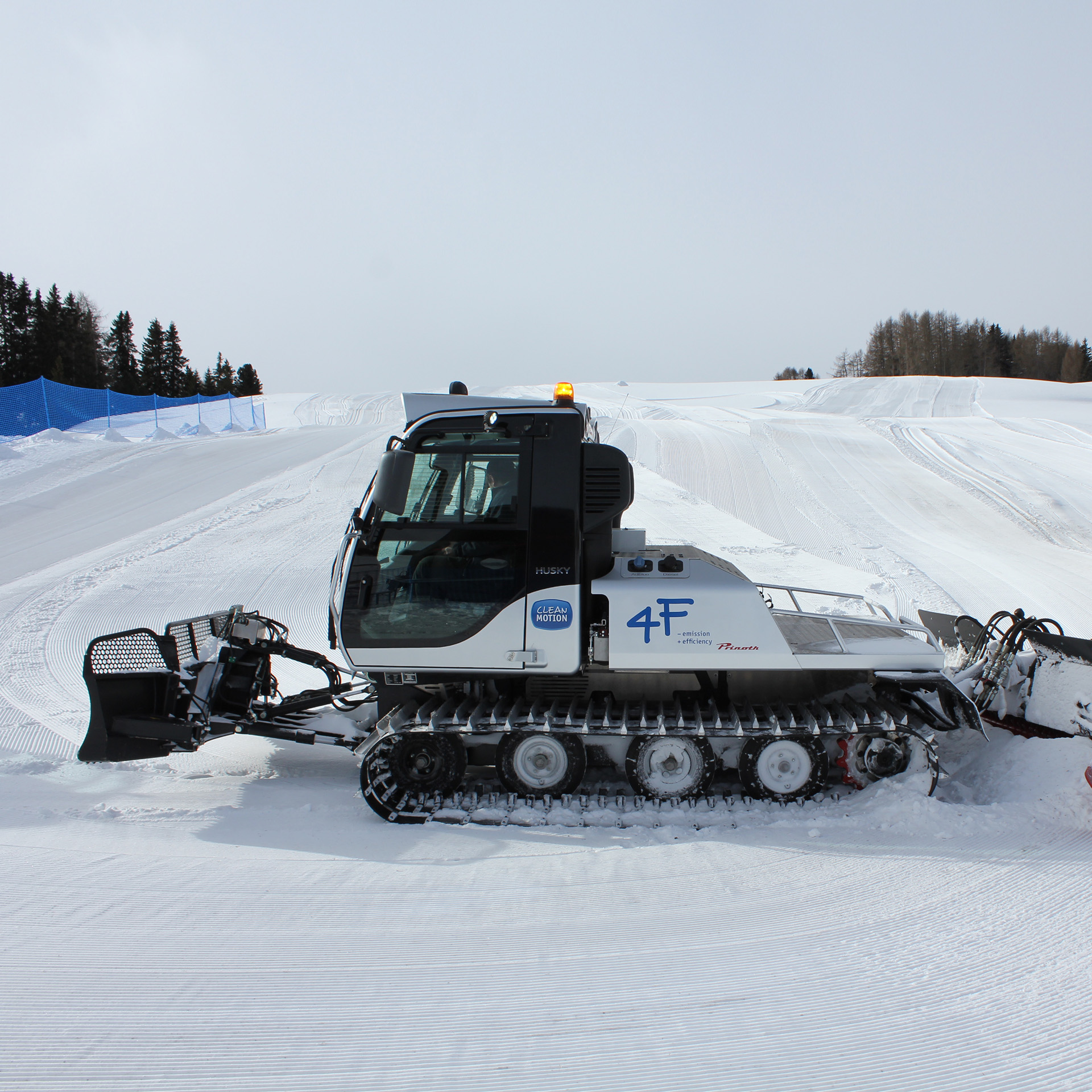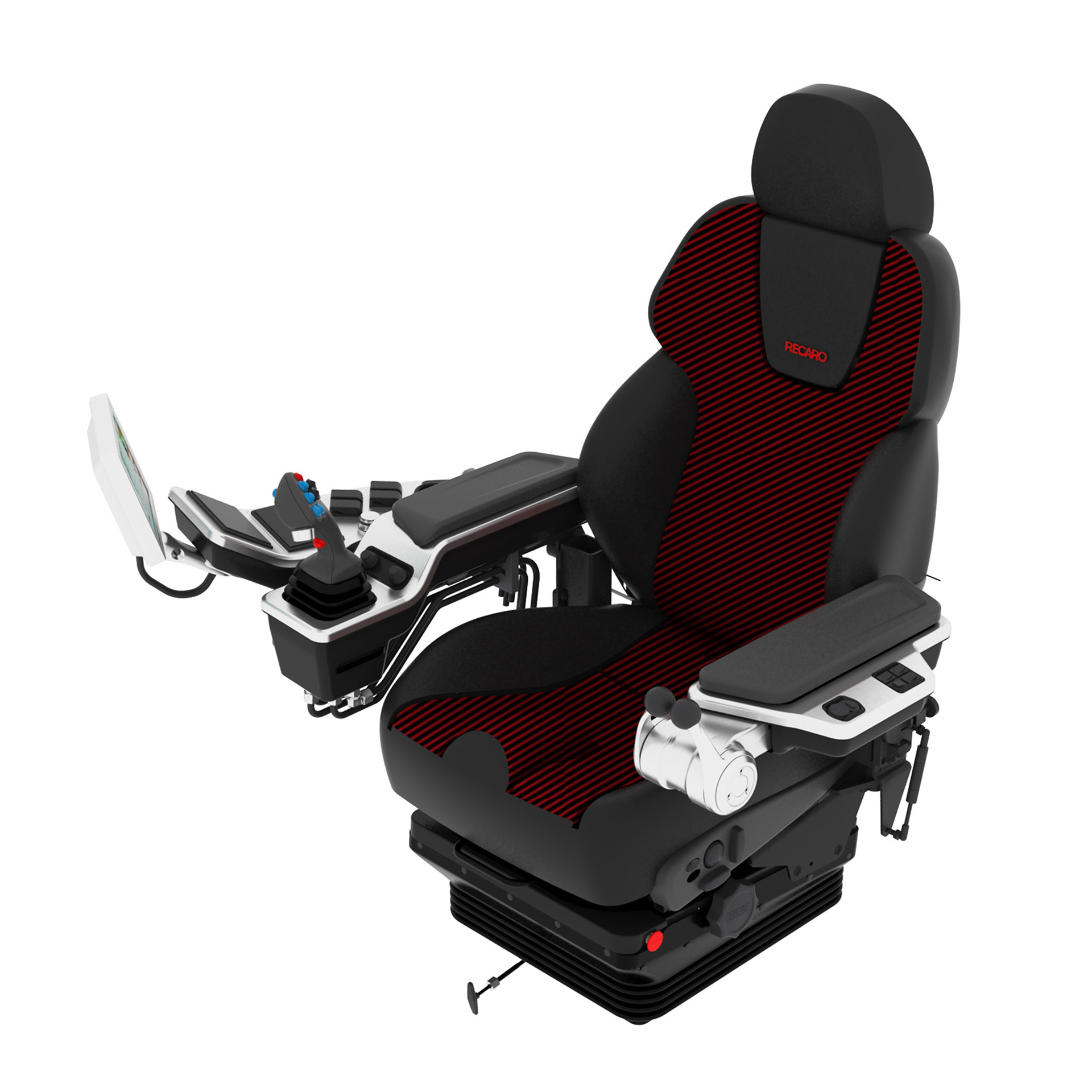PRINOTH NEW HUSKY
HUSKY Model MTU OM 934 snow groomer cabin exterior and interior design
Comfort, Power, and Efficiency – Superlatives define the world’s most ecologically conscious snow groomer. PRINOTH’s new HUSKY is the first snow groomer to meet the world’s strictest exhaust emission standard, “Stage IV/Tier 4 Final,” while setting new benchmarks in terms of power, efficiency, and cabin comfort, in its segment of the market. Thanks to its excellent performance and powerful engine, the HUSKY is perfect for preparing cross-country ski trails, small ski resorts, practice slopes, indoor ski slopes, and trail grooming, particularly for the North American market.
The HUSKY’s engine generates 91 percent less nitrogen oxide and 87.5 percent fewer fine particles. At 170 kW/231 hp, the four-cylinder diesel engine is the most powerful in its class. The new HUSKY offers improved handling and considerably more power, with a 27 percent increase in torque, topping out at 900 Nm.
SOKKA, a design firm, contributed to the HUSKY cabin and body design, which boast numerous ergonomic enhancements. The choice between a steering wheel or levers highlights the user-friendly control system, which features a joystick tailored to fit the natural position of the hand. Together these features optimize repetitive processes, ultimately leading to shorter operating times.
The HUSKY is another shining example of PRINOTH’s CLEAN MOTION philosophy, which is not only synonymous with low energy consumption and sustainability, but it also creates vehicles that boost efficiency, excellent performance, and long service life.
Did you know?
Ernesto Prinoth founded the predecessor to PRINOTH in 1951. His knowledge of high-performance vehicles, coming from his experience as a racer, coupled with his fascination of snow vehicles, led to his prototype in 1962, the P 60, and on to production in 1964.
Client
Year
2012 / 2014
Date
April 1, 2014
Category
Automotive design


